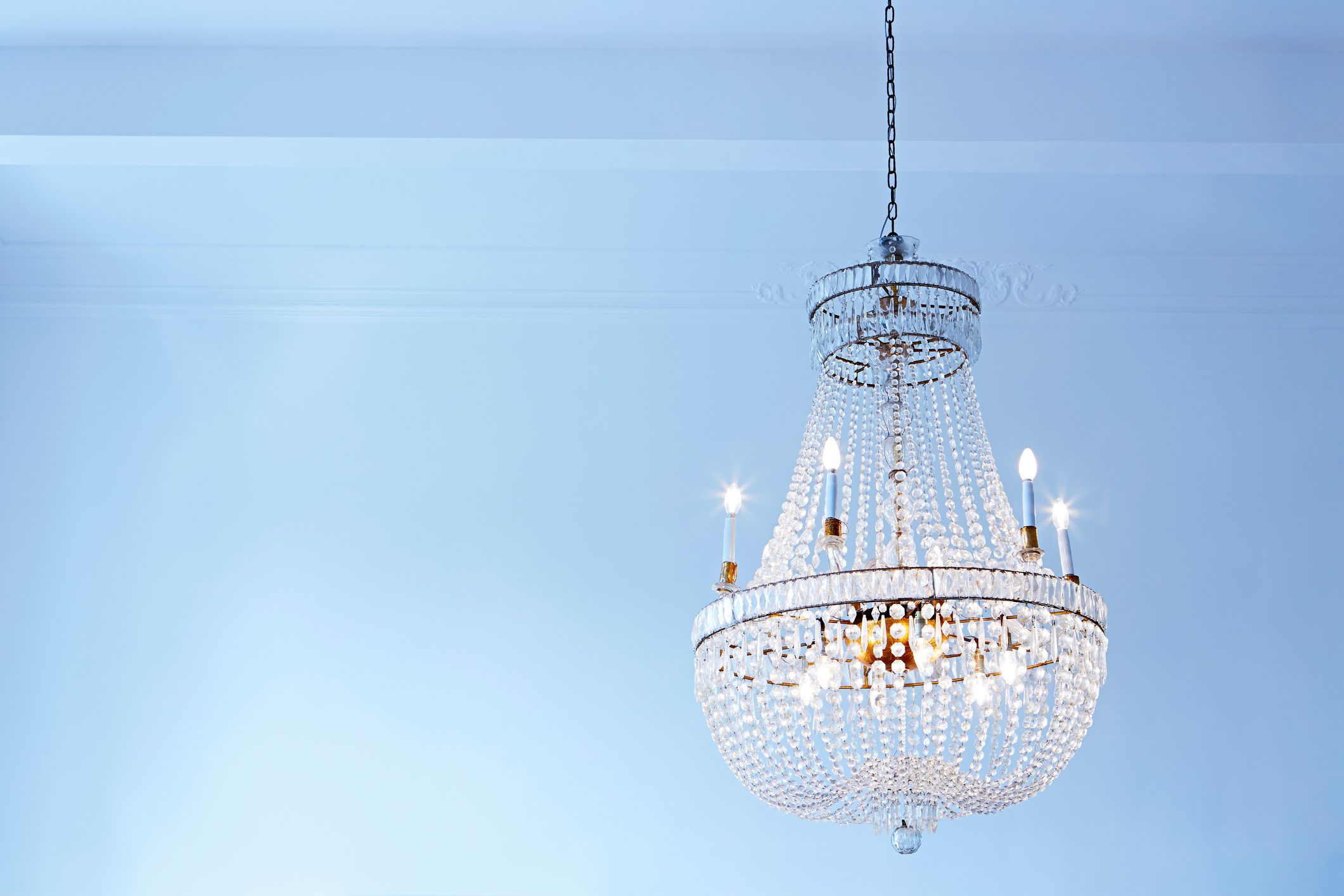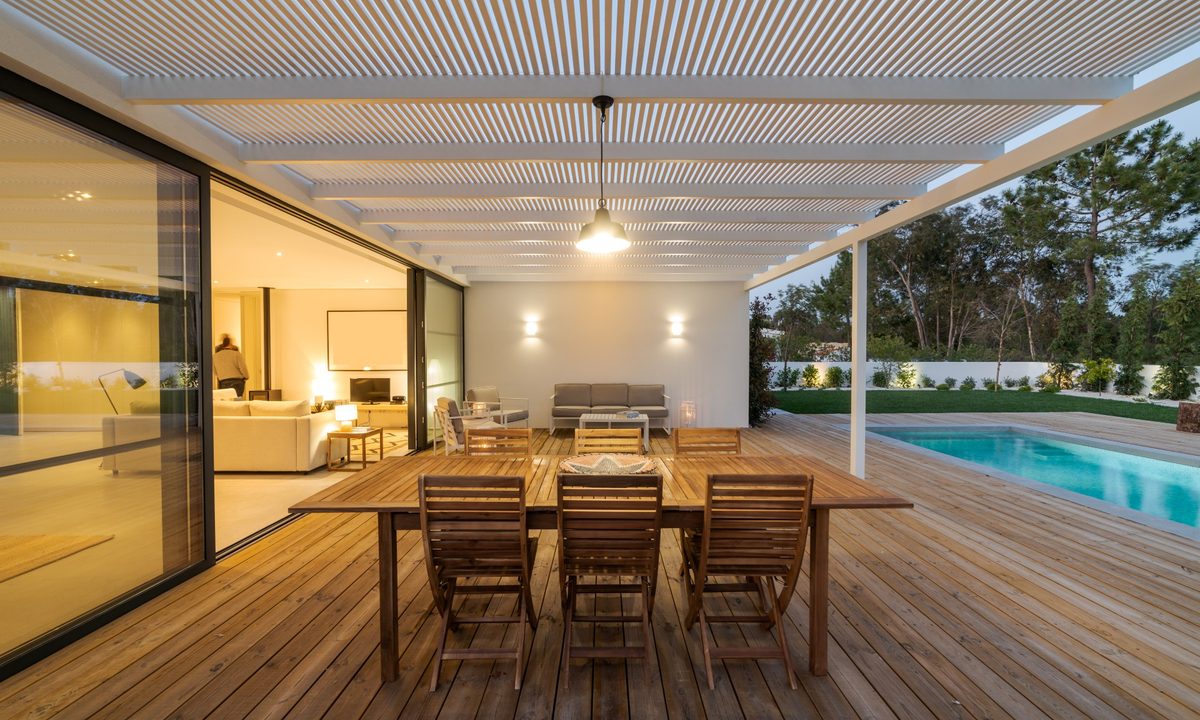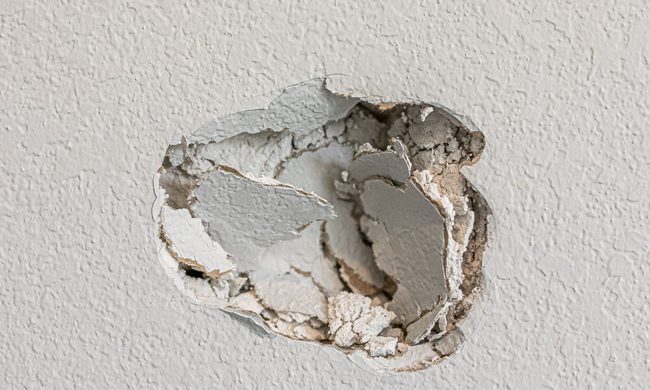If you’re looking to renovate your home, don’t sleep on one of the most important tools in your arsenal — the ceiling.
1. Paint

One of the simplest ways to give your ceiling attention is with paint. While many painters prefer matte or eggshell finishes, consider a pearl or satin sheen. Satin reflects just enough light to create a sense of height and openness. Sheen can instantly make a room feel larger and more refined.
Choosing the right color matters too. A crisp white can brighten a space, while soft neutrals like pale gray, cream, or blush add warmth without overwhelming. Darker hues like navy, charcoal, or emerald bring drama and intimacy. Especially in smaller spaces like powder rooms, dens, or home offices.
For example, a soft pearl-gray ceiling paired with white crown molding can transform a simple powder room into a chic, boutique-hotel-inspired retreat.
2. Crown molding

Crown molding is a timeless design detail that instantly makes a room feel polished and intentional. It frames the ceiling and provides a graceful transition between the wall and the overhead plane. With so many profiles and sizes available, it’s easy to tailor the look to your style.
In minimalist spaces, simple, modern molding adds subtle sophistication. In more traditional rooms, deeper and more ornate profiles bring richness and texture. Best of all, crown molding is a relatively simple DIY or weekend project. It delivers big visual impact, and most materials are easy to find at your local hardware store.
Don’t be afraid to play with color, either. While most people paint their molding to match trim or baseboards, painting it a contrasting hue can add another layer of personality.
3. Wallpaper
For those who want a dramatic statement, wallpaper is the ultimate fifth-wall tool. Because ceilings are smaller and more contained, they’re perfect for bold patterns, metallic textures, or even intricate murals.
Smaller rooms, like powder rooms, are the easiest place to start. Larger spaces can shine too with the right design. Choose wallpaper without a clear “top” or “bottom” in the pattern, since orientation can look odd overhead.
Wallpapering the ceiling draws the eye upward, creating visual intrigue without clutter. Geometric prints lend modern energy, botanicals add softness, and metallic or foil finishes introduce a hint of glam. Another designer tip is to keep the walls neutral so the ceiling remains the star and the room feels cohesive.
4. Texture and materials
Luxury often lives in texture. Adding dimension through wood paneling, beadboard, coffered ceilings, or even tin tiles gives a space a custom, layered feel. Painted or raw beams or shiplap can bring warmth and character.
Lighting is key to showing off these textures. Use ambient or accent lighting to highlight details, and consider how finishes interact.
5. Inspiration from real homes

Boutique hotels and high-end residential spaces have long embraced the fifth wall. Ornate plaster medallions in grand foyers, sleek metallic wallpaper in modern apartments, and painted wood beams in coastal cottages all use the ceiling as a design feature rather than an afterthought.
Small rooms, especially powder rooms, are ideal for experimenting with bolder choices. A patterned or metallic ceiling delivers maximum impact with minimal risk. In larger living or dining spaces, soft-tinted paint or coffered paneling adds understated elegance.
6. Tips for pulling off the fifth wall
- Balance: Let your ceiling design complement the rest of the room. If you go with a bold ceiling design, keep furniture and fixtures neutral.
- Scale and pattern: When choosing wallpaper, look for designs that work from multiple angles and distances and avoid patterns that can feel chaotic or vanish from afar.
- Lighting: Use accent or wash lighting to enhance ceiling details.
- Ceiling height: Your ceiling height can dramatically affect the look of certain colors or finishes. If you have low ceilings, lighter finishes will visually lift low ceilings. A higher ceiling can handle darker or richer tones.
- Installation: As with any home renovation job, careful prep is always important. You can also hire a professional!
Final thoughts: Elevate every room
The fifth wall is your secret weapon for adding depth, style, and personality to any room. Whether through paint, crown molding, wallpaper, or textured materials, investing in your ceiling can transform the ordinary into the extraordinary.
Luxury isn’t just about what you buy; it’s about the thoughtfulness and intention behind every surface and detail. Treat your ceiling as a canvas. It’s your place to get creative and discover that the space above your head has become your favorite part of the room!



